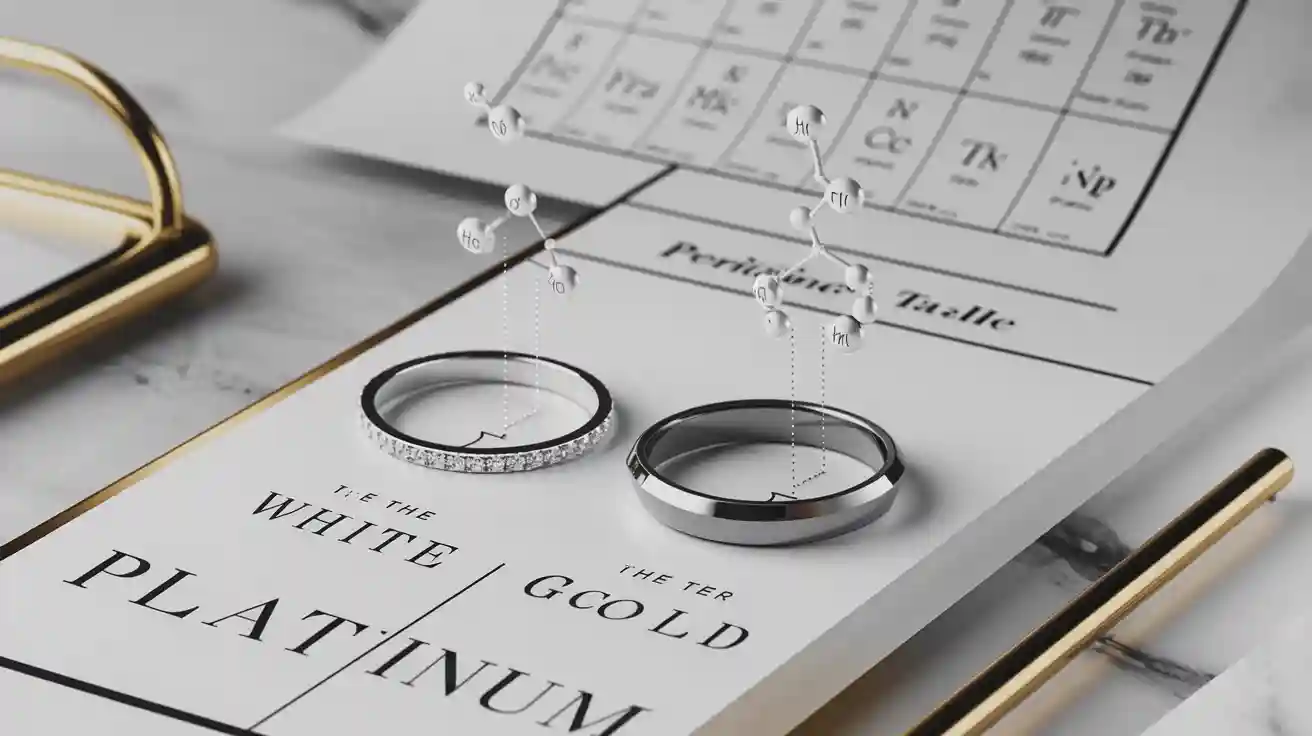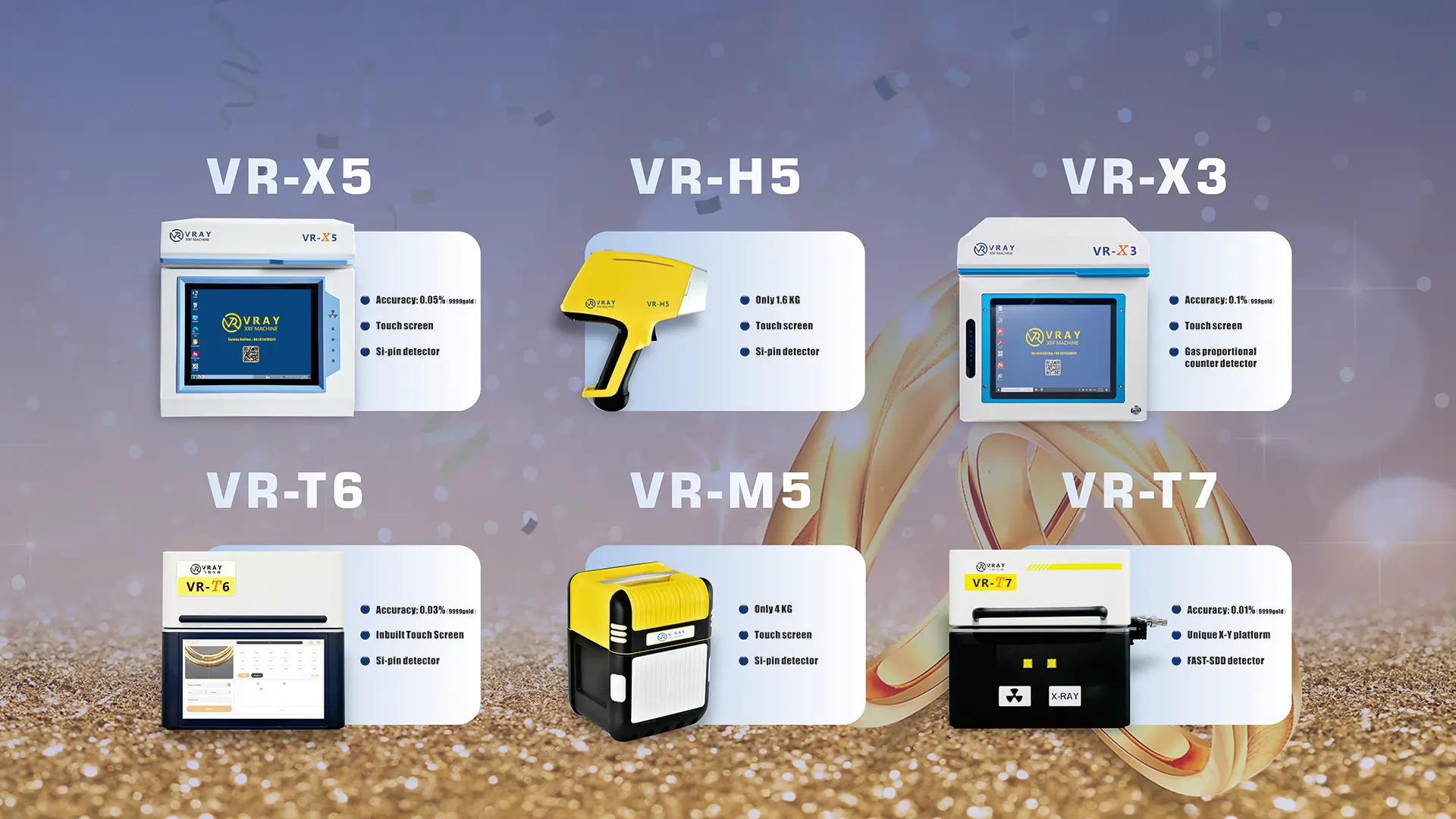Is XRF Safe for Testing Precious Metals?
The good news is that modern X-ray fluorescence (XRF) analyzers are specifically designed with rigorous safety measures, making them safe to use in jewelry stores, refineries, pawnshops, laboratories, and even in mobile environments. XRF instruments do use X-rays to determine the purity and composition of metals, but the radiation levels are extremely low and the equipment is carefully shielded to protect both users and samples. As long as the device is operated according to manufacturer guidelines, testing precious metals with XRF poses no health risks.

Why XRF Is Considered Safe
Unlike medical X-rays, which require higher radiation doses to penetrate human tissue, XRF analyzers use very low-energy X-rays designed to interact only with the surface layers of a metal sample. This allows the instrument to read the elemental composition without affecting the object itself or exposing the operator to harmful levels of radiation.
Several built-in safety mechanisms further ensure user protection:
- Radiation Shielding: The analysis chamber or handheld casing blocks scattered radiation.
- Automatic Shutoff Systems: If the device detects incorrect operation or accidental exposure, it immediately shuts off the X-ray source.
- Low Power Output: The energy level is just enough to stimulate the sample, not enough to cause health hazards.
- International Safety Standards: Reputable XRF analyzers are designed in compliance with global radiation safety regulations.
This combination of low power and intelligent safeguards makes XRF testing safe for everyday professional use.
Benefits of Using XRF for Precious Metals
Safety is only part of the equation. For businesses dealing with gold, silver, platinum, and palladium, XRF offers multiple practical advantages:
- Non-Destructive – Testing does not damage or alter jewelry, coins, or raw materials.
- Fast and Reliable – Results are delivered in seconds without requiring chemical treatment.
- Cost-Efficient – Eliminates the need for consumables like acids used in traditional touchstone testing.
- Versatile – Capable of testing not only gold but also silver, platinum, palladium, rhodium, and alloys.
- Traceable – Results can be stored, compared, and printed as part of a company’s quality control records.
For jewelers, pawnshops, recycling businesses, and refineries, this means increased confidence and higher customer trust.
Practical Scenarios Where Safety Matters
- Jewelry Stores: Customers often want assurance that their jewelry won’t be damaged during testing. XRF delivers accurate results without scratching or staining the item.
- Pawnshops and Recycling Centers: Staff may need to test dozens of items daily. The built-in protections of XRF devices ensure operators are not exposed to risks despite frequent use.
- Manufacturing Plants: When testing raw materials or finished products in bulk, long working hours make safety even more critical. Modern analyzers keep exposure minimal and operations smooth.
- Mobile Gold Buying: Handheld analyzers are carried into homes or field locations. Lightweight shielding and automatic shutoff make them safe to transport and use on the go.
VRAY Instruments: Safe, Reliable, and Professional

VRAY Instruments has developed a full range of XRF analyzers, each designed with operator safety as a top priority. From portable devices to laboratory-grade spectrometers, every model integrates safety features and user-friendly designs that align with global standards.
- VR-X3 XRF Analyzer – A robust benchtop solution with a gas proportional counter detector, built-in computer, and comprehensive protection systems. Ideal for jewelry shops and refineries requiring fast and safe testing.
- VR-X5 XRF Gold Analyzer – Equipped with a specially designed Si-PIN detector, it delivers highly sensitive readings while maintaining low energy output for maximum safety.
- VR-M5 Portable Analyzer – Lightweight and convenient for mobile operations, it includes built-in radiation protection and an automatic shutoff function for secure use outside the lab.
- VR-N3 Analyzer – A compact option designed for gold factories and jewelry shops, combining simplicity with strong safety standards.
- VR-T Series (T5, T6, T7, T9) – Advanced benchtop analyzers with top-down or bottom-up measurement, spectrum comparison features, and customizable software. Each unit prioritizes operator safety while achieving precision for bulk or micro-scale testing.
- VR-H5 Handheld Analyzer – Specifically developed for portable testing, it features dual-beam technology, automatic sensing, and a gravity-based shutdown system to prevent accidental exposure.
- VR-S6 Benchtop Spectrometer – A sleek, space-saving device with full shielding, ideal for institutions requiring frequent, high-precision testing without radiation concerns.
Each VRAY model is built not only for accuracy but also for peace of mind, ensuring that both professionals and customers remain fully protected during testing.
Choosing the Right XRF Analyzer
When selecting an analyzer, safety and accuracy should go hand in hand. Consider the following factors:
- Where you will use it: Handheld models are excellent for field or retail use, while benchtop models are better for laboratories and factories.
- Types of metals tested: Ensure the analyzer supports gold, silver, platinum, palladium, and other alloys relevant to your business.
- Volume of testing: For frequent, high-volume testing, models like the VR-T9 or VR-S6 are more suitable.
- Customer interaction: In environments where trust and professionalism matter, having a visibly safe and modern instrument reassures clients.
VRAY Instruments provides tailored solutions for every scenario, backed by expert consultation and support.
Frequently Asked Questions
Q1:Can XRF analyzers damage jewelry or coins?
A1:No. XRF testing is non-destructive, meaning it does not scratch, melt, or chemically alter precious metals.
Q2:Is special training required to use an XRF analyzer safely?
A2:Most VRAY analyzers are designed for ease of use. With basic operational guidance, even non-technical staff can operate them safely.
Q3:How long can I use a handheld analyzer in one session without safety concerns?
A3:You can use it continuously as needed. The radiation is minimal, and safety systems ensure the device is always within safe limits.
Q4:Are VRAY analyzers compliant with international safety standards?
A4:Yes. VRAY designs its instruments to meet or exceed international safety regulations for radiation-emitting devices.
Q5:Which VRAY model is best for a small jewelry shop?
A5:For retail environments, the VR-X5 or VR-N3 are excellent options, combining safety, compact design, and accurate gold and silver purity testing.

WhatsApp
Scan the QR Code to start a WhatsApp chat with us.